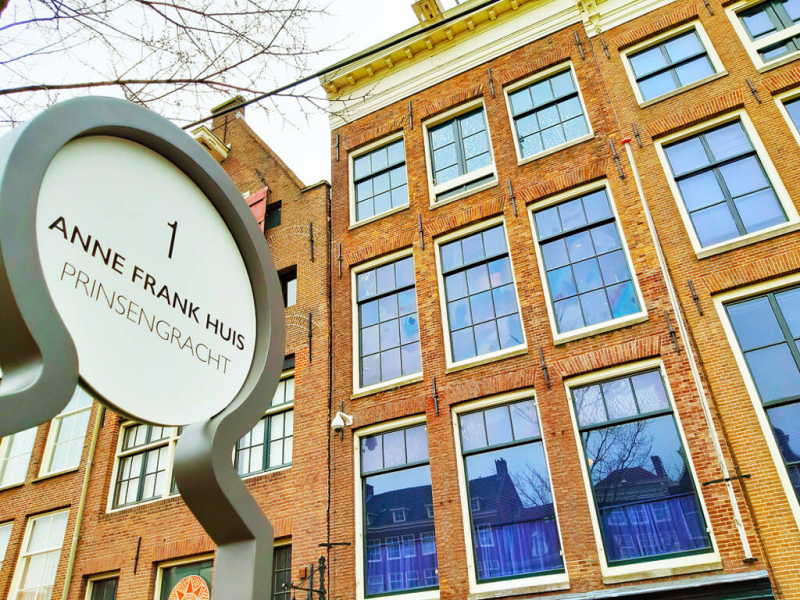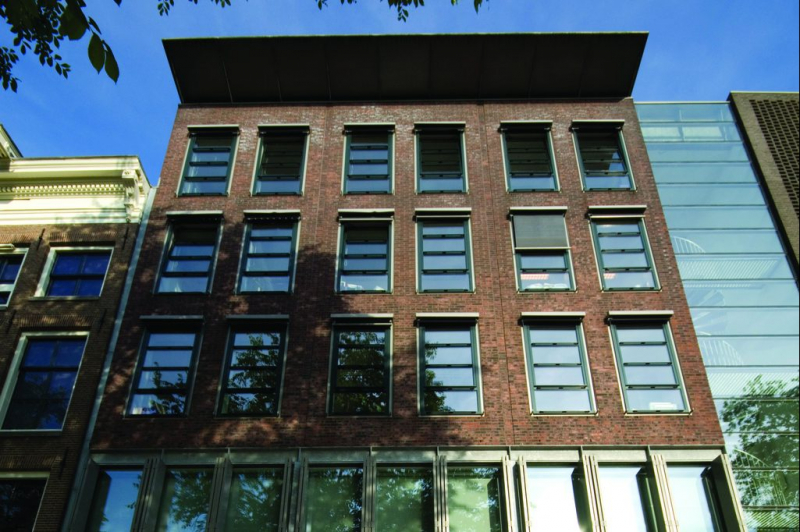Anne Frank Huis
The city experienced war for the first time in nearly 400 years when Germany invaded the Netherlands in May 1940, decimating its large Jewish community. The area wasn't freed until May 1945.
At the Anne Frank Huis, where the young girl hid for more than two years with her family and their friends in a dark, airless "Secret Annexe," which Anne documented in her diary, the impact of the war is especially poignant. Only her father survived after they were betrayed and sent to concentration camps. The Verzetsmuseum, which is a museum dedicated to the Dutch Resistance, also vividly depicts the occupation of Amsterdam.
The canal house from the 17th century, where Anne Frank, her family, and four other people spent two years hiding from the Nazis, is now a museum and educational facility. In addition to visiting the claustrophobic "hidden annexe" they called home, there is a permanent display on Anne's life and times. The home, one of the most well-known and significant historical landmarks in the world, is both a stirring testimony to humanity's unwavering optimism and a terrible and somber reminder of the atrocities of World War II.












